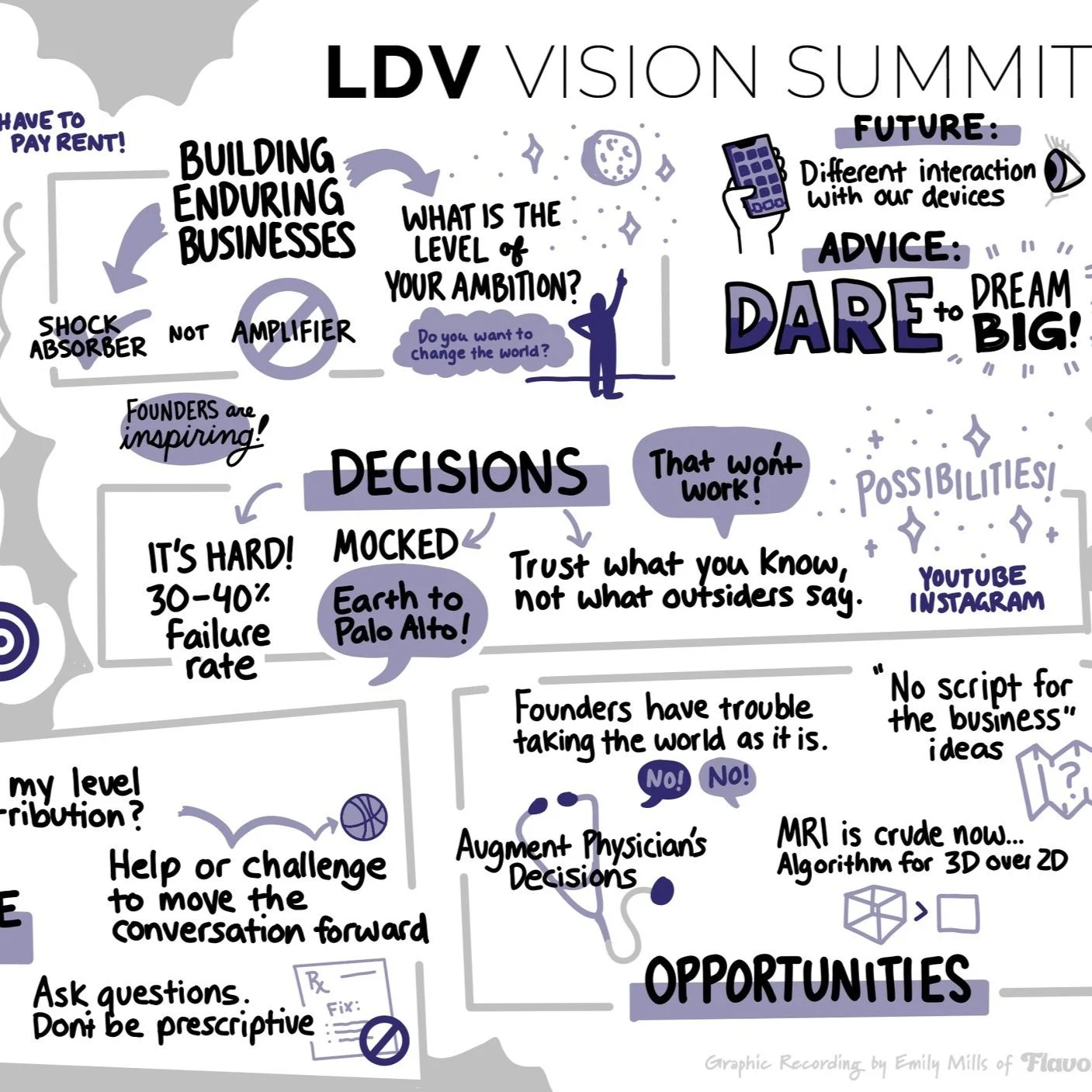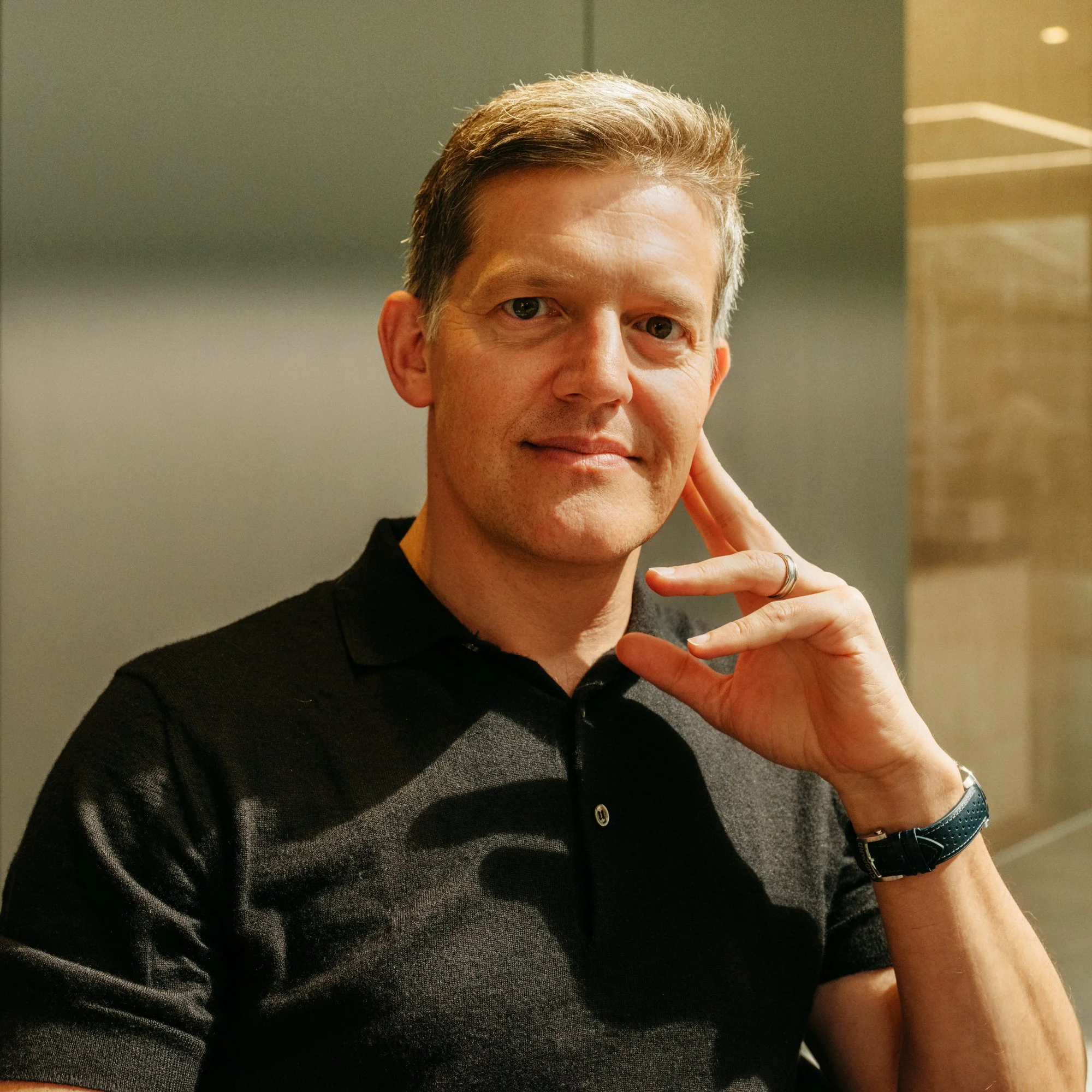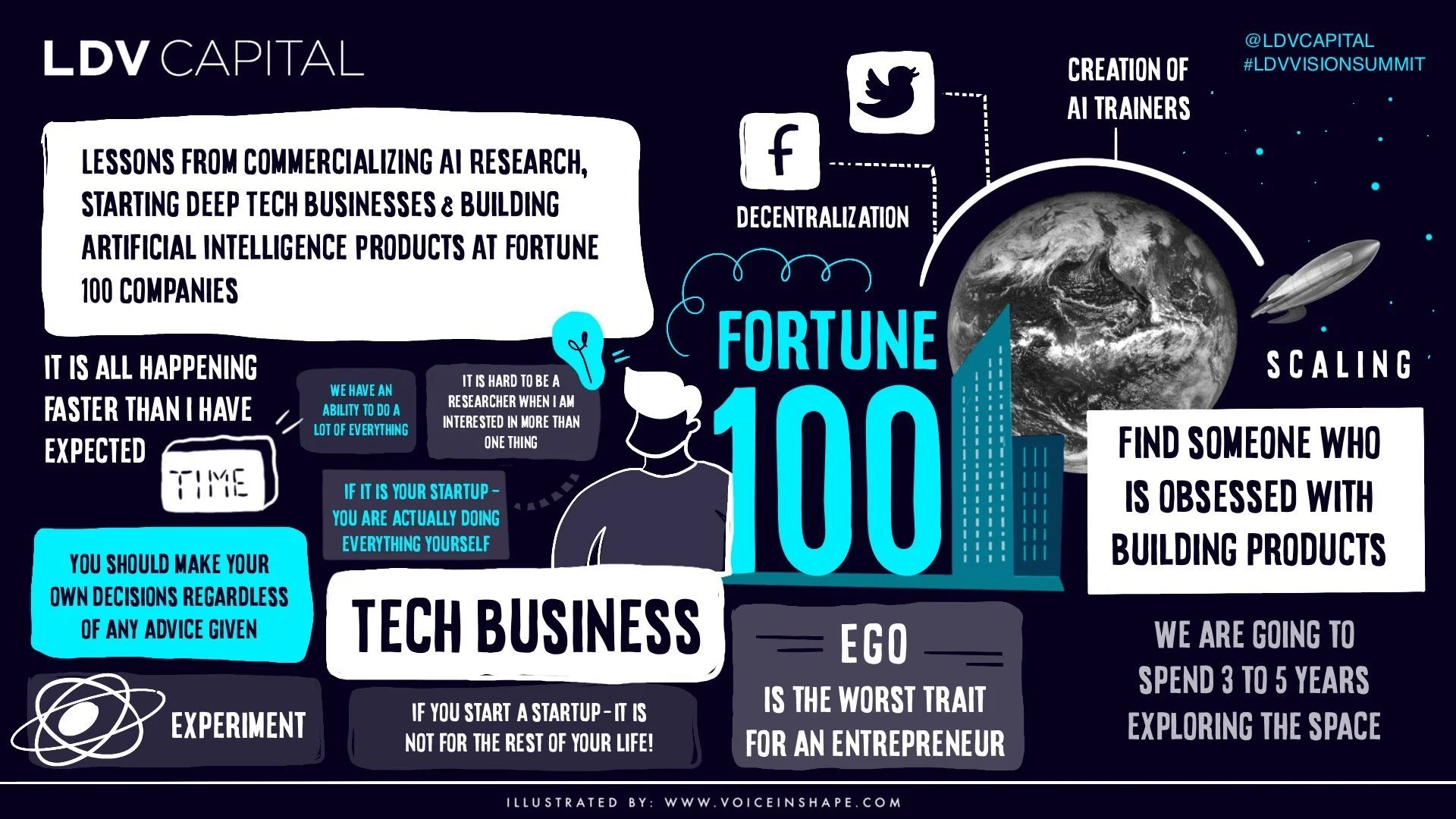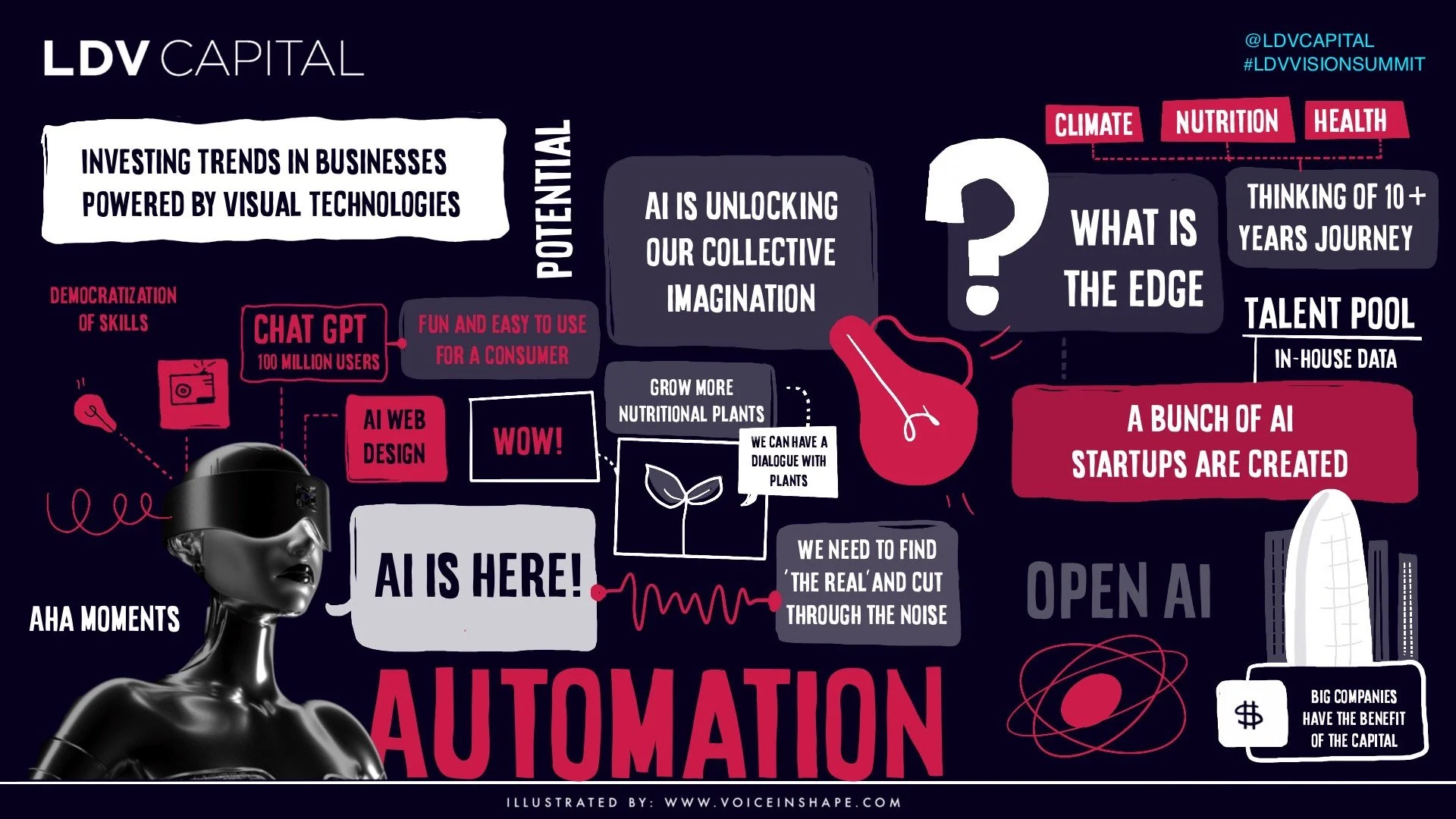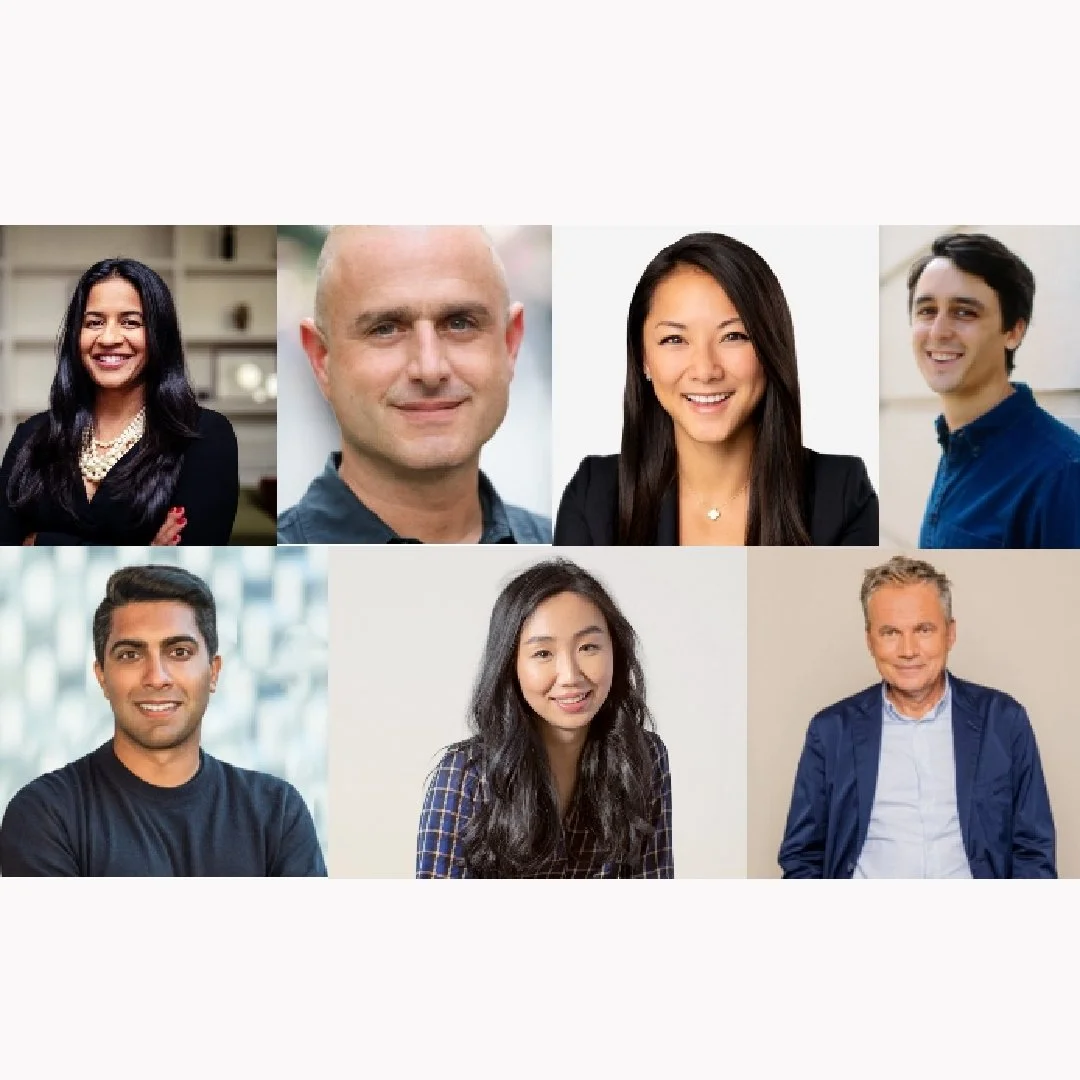Azeem Azhar on Visual Technologies that Help us Fight Climate Change
/LDV Capital invests in people building businesses powered by visual technologies. We thrive on collaborating with deep tech teams leveraging computer vision, machine learning, and artificial intelligence to analyze visual data. We are the only venture capital firm with this thesis.
At our 7th annual LDV Vision Summit, Azeem will give a keynote speech about visual technologies that help us fight climate change. In the lead-up to the Summit, Evan Nisselson, General Partner at LDV Capital, had a chance to chat with Azeem about the importance of this topic.
Azeem Azhar is a curator of “The Exponential View”, a highly-regarded newsletter on the future, read by 45,000 people from around the world. His chart-topping podcast has featured guests including AI leaders Demis Hassabis, Sam Altman, Andrew Ng, Gary Marcus, Joanna Bryson; politicians Tony Blair, Andrew Yang, Marietje Schaake; investors Kai-Fu Lee, Bill Janeway, Reshma Sohoni; economists Mariana Mazzucato, W. Brian Arthur, Carlota Perez, and many others.
Additionally, he is a Venture Partner at Kindred Capital and an entrepreneur. Azeem is the founder of PeerIndex which processes social data using machine learning to identify novel, actionable signals (acquired by Brandwatch in 2014). He has been an advisor to Seedcamp, eSouk, AMI Software, PlanetOut, Daylife, EVI & others.
Azhar was a correspondent at The Guardian and The Economist. His work has been profiled in The Economist, Financial Times, New York Times, WSJ, and MIT Technology Review.
Evan: You have a 25-year career as an entrepreneur, investor, and analyst in the tech industry. Which aspects of your expertise do you believe help you empower entrepreneurs to succeed and why?
Azeem: The main aspect of my experience is just having been through it. Tried a lot of things, failed a lot of times, and succeeded a couple of times. The only lessons I can provide are a reminder that it's hard to stop somebody who doesn't give up. That's a trait of great entrepreneurs. The other aspect, that is a bit more relevant for founders, is I have a very distinct memory of trying to do too many things and losing sight of the things that matter at any given time.
My approach for working with an entrepreneur is often to listen to them as much as I can, and help them zero in on the one, maybe two things, that most matter for them at that time. And then try to forget about the other things at least for now.
Evan: You recently launched a section of Exponential View - “Department of Decarbonisation” where you remind readers of the number of days until we reach the 450-ppm threshold. Why are you doing this? Why is it important to you?
Azeem: We launched the Department of Decarbonization a couple of years ago. I had been putting climate change stories in Exponential View since 2015. They were the stories that would get me a little bit of abusive mail from people back then. It turned out that Greta Thunberg was more effective at activating people's beliefs around this than I ever could be. After that time, I started to think that we had an audience, we had some influence and it would be very useful to remind people.
I'm still trying to find a distinct metric that people could keep their eyes on for this very complicated situation. Obviously, many other things are going on with the biosphere that we need to pay attention to but people need to get motivated by singular goals. 450-ppm is just one line, it becomes a singular goal they can measure.
For years scientists have said that if atmospheric levels of carbon dioxide reached 450 parts per million (ppm) the planet would heat up by an average of 2 degrees Celsius above pre-industrial levels. ©
The one thing that we did do was we put a countdown in there. Beyond the ppm measure, we started to count down the number of days at a current rate before we hit 450-ppm. And you can see that number. It's a visceral countdown for people.
From the previous issue of the Exponential View (Feb 6, 2021):
🔋 Dept of decarbonization: 415.70 ppm | 3,412 days
One of the things that we can do is say: – Since that countdown said 3,800 days, and now it says 3,419 days, what have you done in those ~400 days to tackle this problem? You individually?
I believe that tackling this huge problem is going to be one that will require government intervention and government leadership, but it will also require businesses, and startups, and also individual actions because those actions transmit consumer will and political will through the system.
Evan: Climate change as a “sector” has previously been pigeonholed in renewable energy sources. What do you think of it as falling within the “climate change sector” or “cleantech”?
Azeem: We call it climate tech. Last year, I published a report with Celine Herweijer of PwC. Looking at startup investment in the climate tech space is to look at it from the perspective fundamentally of decarbonization, although there are other aspects as well. And look at the whole slew of things from energy, to carbon sequestration, to business models that encourage decarbonization through to things that support changes in land use and so on. It's helpful at this point to articulate it as a big sector that we can keep our eyes on.
Evan: We are seeing a resurgence of cleantech companies and investors in the headlines. The last time it was making this much noise, the outcomes were pretty underwhelming. Is it different this time? Why?
Azeem: I think it will be different because we've learned a lot. The types of things that people are trying to do now are less capital intensive.
Last time, people were building bioethanol plants and so on. This time, a lot of technologies are affordable. When we think about solar or wind power, this doesn't need venture capital anymore but as these deployments happen, they're incredible opportunities for entrepreneurs to be building software, systems, and services to improve the large-scale generation and operation. There is also an opportunity for upstream services to emerge, consumer-grade services that live on top of the generation and operation systems.
There's a set of other important factors that relate to the demand signal that exists. 10 or 15 years ago, it was quite an expensive thing to go green as a consumer. Now, it's less expensive and it's also more desirable. It creates an opportunity, a ready market for founders.
Evan: What are you most looking forward to at our 7th annual LDV Vision Summit?
Azeem: It's amazing that we're in our seventh year. It is a testament to the foresight of the team to get this started and have a focus on visual technologies as a primary investment area, an area for entrepreneurial activities. I'm just looking forward to seeing just how it's matured.





